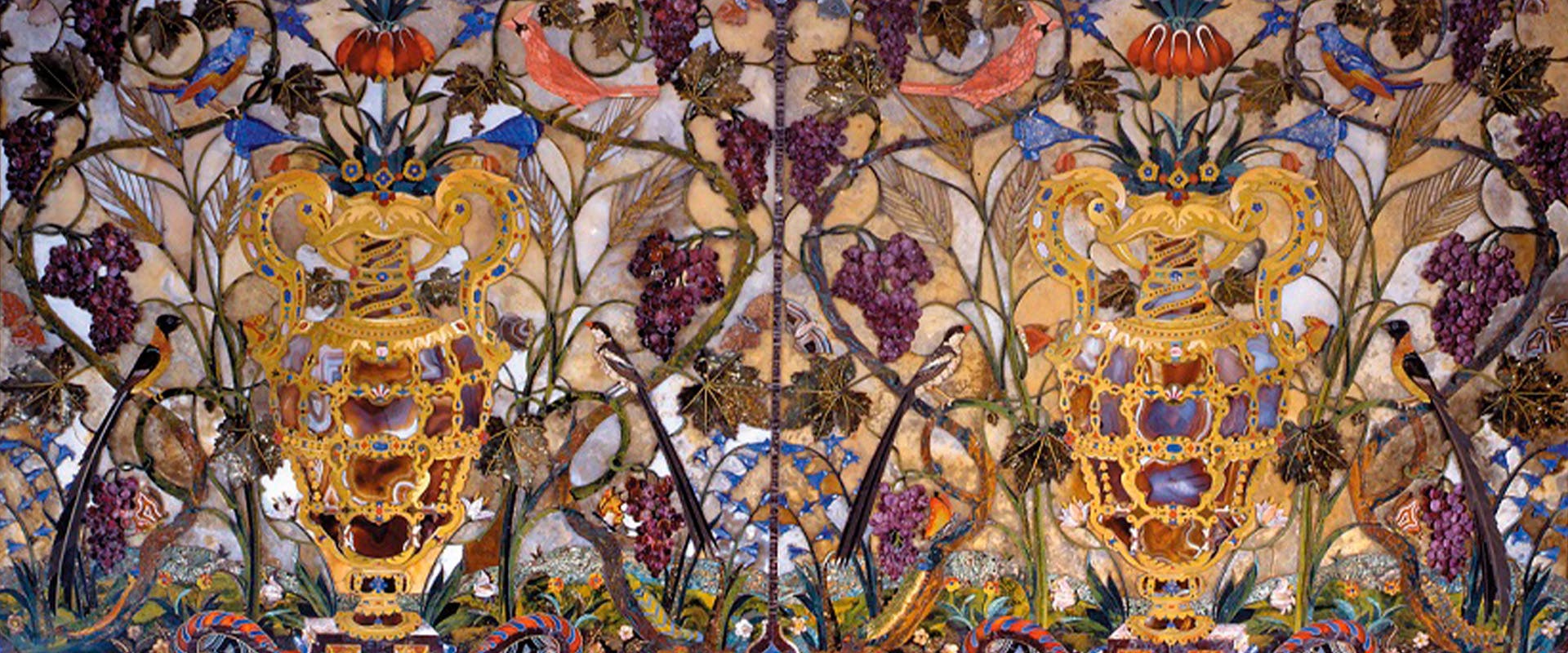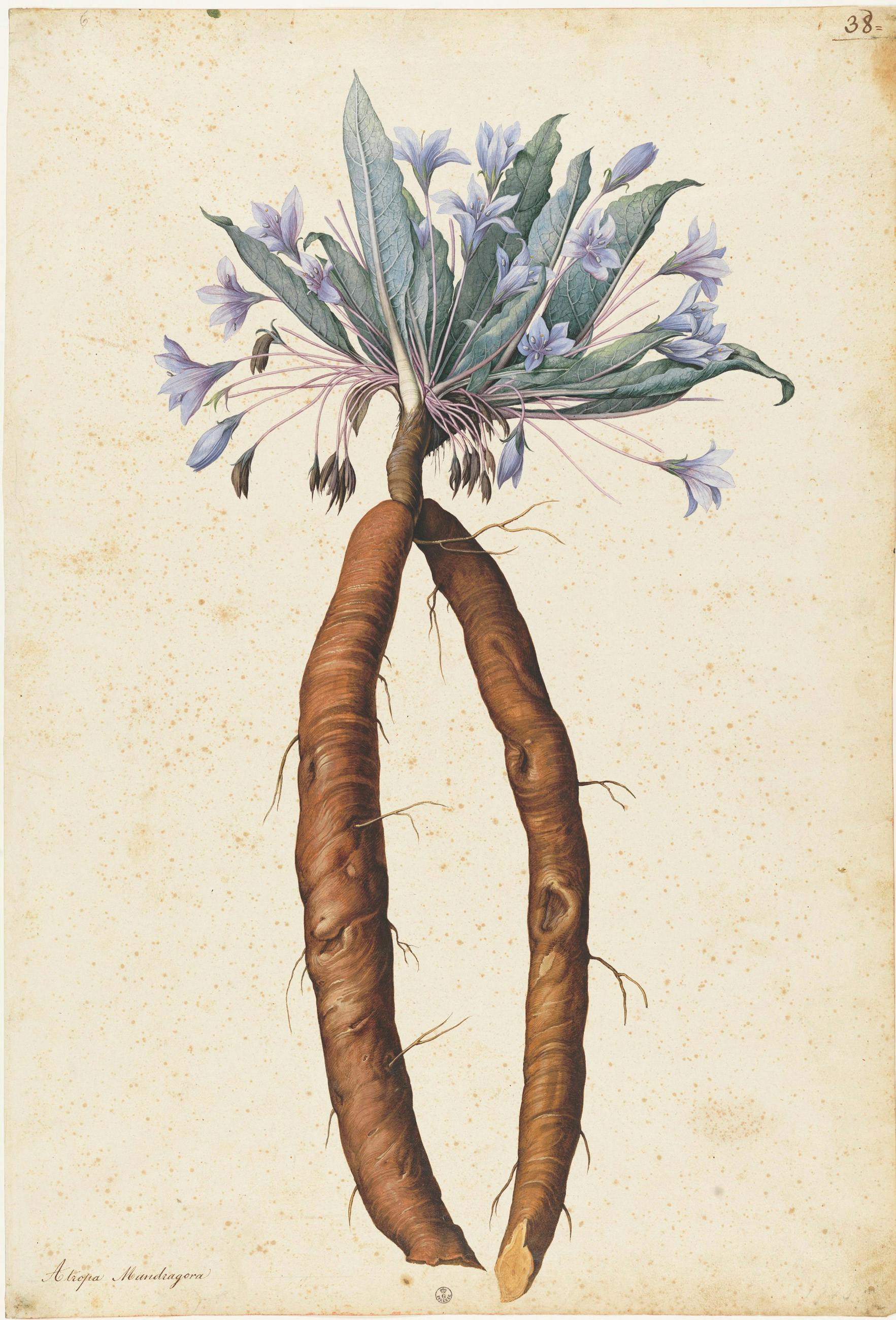Jacopo Ligozzi “Universal Painter” (Verona 1549 c. - Florence 1627)
Jacopo Ligozzi and his multifaceted and versatile physiognomy on the Florentine panorama. A monographic show at the Palatine Gallery in collaboration with the Department of Prints and Drawings at the Uffizi Gallery
The exhibition held at the Palatine Gallery attempts to illustrate and reconstruct for the first time Ligozzi’s life and activity as a multifaceted and versatile painter, designer, illustrator, and miniaturist. The results of the study conducted make it possible to highlight the various ambits Ligozzi worked in and to focus on the Florentine panorama. The vast collection of works by Ligozzi preserved at Palazzo Pitti and at the Department of Prints and Drawings at the Uffizi Gallery has enable to dedicate this monographic show to Jacopo Ligozzi and his vast artistic production.
Born in Verona in 1547, he is best known for his depictions of fauna and flora. He initially worked in Trento, Verona and Venice and later was invited to come to Florence and became one of the court artists for the Medici. Jacopo Ligozzi was one of the few Renaissance artists who deserved the title of “universal painter”.
The exhibition is divided into thematic sections to better illustrate the painter’s activity.
The first section is dedicated to the artist’s early activity at the Medici court, where from his arrival Ligozzi was highly appreciated as a draughtsman of natural history exhibits known as naturalia, for his refined production of drawings painted with watercolours or highlighted in gold. He later enjoyed the same success as a portraitist, a talented creator of decorative apparatus, a painter of history, a talented and sensitive designer of clothing, embroideries for fabrics, as well as of creations in semiprecious stones. The exhibition also devotes special attention to the theme of the ‘moral allegories’.
The second part of the show focuses on the religious production the painter devoted himself to from his years of service at the Medici court, and which intensified in the 1590s after he fell out of favour.

